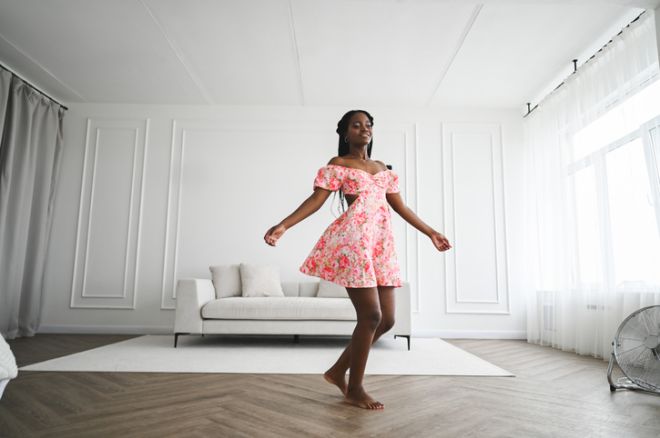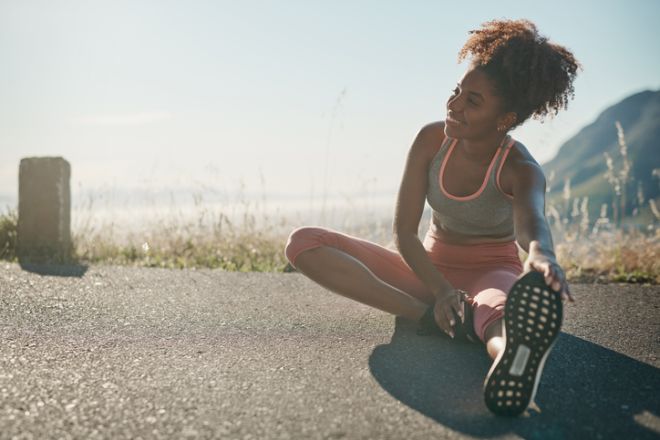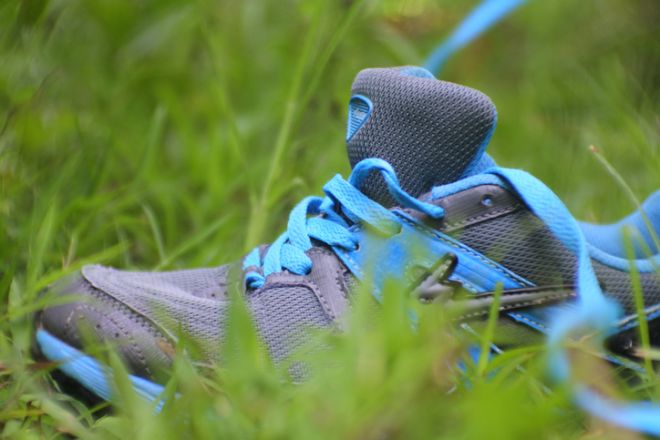4 Habits To Break For Better Foot Health
Put Your Best Foot Forward— Podiatrists Warn 4 Habits Are Wrecking Your Feet - Page 3
Share the post
Share this link via
Or copy link
Foot pain is a widespread issue among American adults, with a 2024 study revealing that around 81% of Americans have experienced foot pain at some point in their lives. This discomfort can result from several factors, including going barefoot without socks or, even worse, wearing shoes that don’t fit properly. Fortunately, there are a few simple steps you can take to relieve foot pain and get back to walking comfortably.

Here are four habits to break right now for better foot health.
1. Walking barefoot around the house
Many people discovered the joy of walking barefoot at home during the COVID-19 lockdown, but this change led to a noticeable increase in foot pain, particularly plantar fasciitis (inflammation of the tissue across the arches of the feet). Before the lockdown, many individuals wore shoes while commuting or working in an office, but suddenly being at home all day barefoot had unintended consequences.
According to Kaitlyn Laube Ward, DPM, a board-certified foot and ankle surgeon at Voyage Healthcare, walking around the house without proper foot support can be harmful to individuals with flat feet or high arches as they are more susceptible to suffering from plantar fasciitis, a form of painful inflammation that can cause pain around the heel and arch of your feet. Ward told SELF in an article published Feb. 21, that the uncomfortable condition can cause difficulty walking by placing too much stress on the tendons in your foot.
Adding to her point, Jeffrey M. DeLott, DPM, a podiatric surgeon at Hartford HealthCare’s Connecticut Orthopaedic Institute, noted that people with flat feet often roll their feet inward while walking, which strains the tendon on the inside of the ankle, while those with high arches tend to overstrain the exterior tendon. This means that for many people, supportive footwear is crucial, especially for those with conditions like diabetes that affect the feet.
While short barefoot strolls around the house are generally fine, if you’re going to be on your feet for extended periods or suffer from arch or heel pain, investing in supportive house shoes is a good idea to prevent future foot problems.
2. Wearing ill-fitting shoes

Like anything, running shoes have a lifespan. According to Dr. Ward, running shoes generally last between 300 and 500 miles, which is about seven to 12 months for someone running 10 miles a week. Continuing to use them past their prime increases your risk of discomfort and injury. As the midsole cushioning flattens over time, the impact from each step is transferred directly to your feet. Additionally, the outer treads wear down, which can mess with your gait and put additional strain on tendons, increasing the risk of slipping.
To avoid these issues, replace your running shoes once they hit their mileage limit, or sooner if you notice a decline in your pace or new aches and pains. Dr. Ward also recommended visiting a sneaker store for an annual foot measurement and trying on shoes later in the day, when your feet are slightly swollen, to ensure the best fit.
3. Wearing heels and flip-flops regularly

Per Allcare Foot & Ankle Center, occasionally wearing high heels for a special event is typically harmless, but making them a regular part of your wardrobe can lead to significant foot problems. Heels with high arches and elevated heels can damage your natural arch and increase the likelihood of developing bunions, or misalignment of the big toe—issues that may require surgery to correct.
Flip-flops, on the other hand, should be reserved for the beach or locker room showers. These shoes offer no arch support or stability, making them a prime culprit for conditions like tendonitis, heel spurs, ankle sprains, and plantar fasciitis.
To prevent pain, choose shoes that are comfortable and provide proper support. If you do decide to wear heels, opt for a pair that offers adequate heel support to promote better balance and protect your arches and tendons.
4. Wearing shoes without socks

While skipping socks doesn’t directly affect the structure of your feet, it can create a breeding ground for fungus. Fungal infections thrive in warm, dark, and moist environments—exactly what’s created when your bare feet are in direct contact with shoes. Without the barrier of socks, you risk developing fungal infections, such as athlete’s foot (tinea pedis), which commonly affects the spaces between the toes, causing pain and discomfort, according to the Centers for Disease Control and Prevention (CDC).
Good hygiene, such as keeping your feet clean and dry and regularly changing your socks and shoes, is essential to prevent these infections. Ugg boots, for example, are notorious for trapping moisture in their absorbent lining, making them a haven for fungus and bacteria, the Allcare Foot & Ankle Center notes. They also lack sufficient arch support, further contributing to foot discomfort. Ditch the Uggs and remember to wear socks with your sneakers and shoes at all times.
RELATED CONTENT: Here’s Why You Should Never Pee In The Shower, According To Health Experts
![Why Actress Amber Iman Calls 'Goddess' A Love Letter To Black Women In Theater [Exclusive]](https://ionemadamenoire.staging.go.ione.nyc/wp-content/uploads/sites/9/2025/05/17468188616796.png?strip=all&quality=80&w=102&crop=0,0,100,153px)







